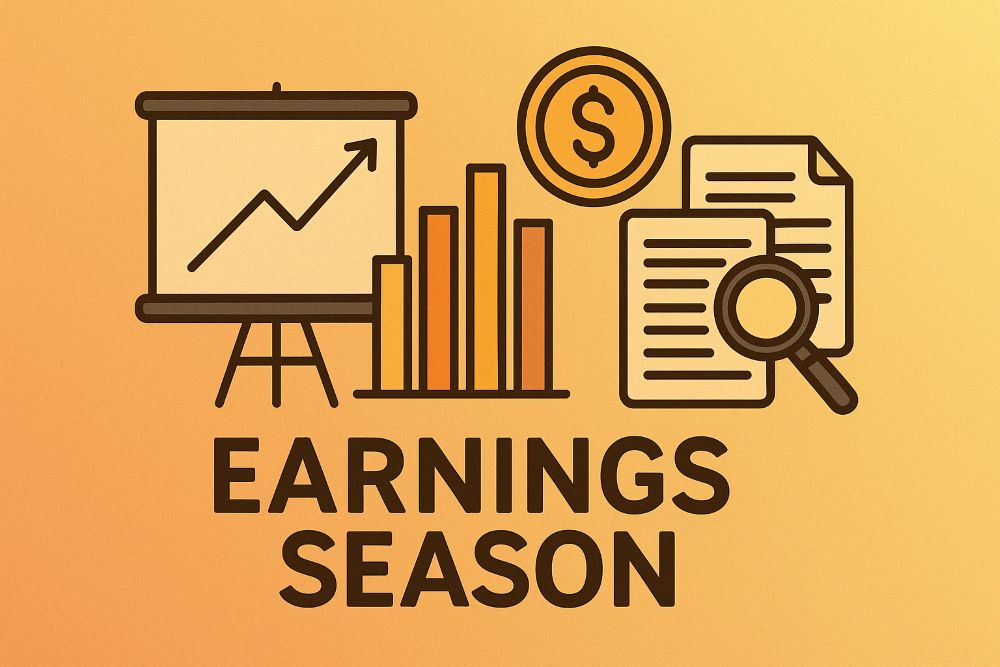The markets have had a strong run in 2024, but that doesn’t mean smooth sailing is guaranteed into year-end or beyond.
As traders, our edge isn’t in predicting every move — it’s in preparing for multiple scenarios and staying flexible. That mindset is critical right now as we navigate what could be a mix of melt-ups and pullbacks.
One of the biggest mistakes traders make is locking themselves into a single outlook. Markets are unpredictable — especially at turning points — so having a backup plan is essential.
For example, while I lean cautiously bullish heading into 2025, I’m well aware of the risks. The Federal Reserve is data-dependent, inflation could re-accelerate, and all the good news — from earnings strength to dovish Fed expectations — is already priced in.
That’s why I’m focused on balancing my portfolio to capitalize on upside potential while protecting against downside risks. The goal isn’t to avoid risk entirely — it’s to manage it wisely.
My Two-Part Trading Approach
I approach the current market environment with two core strategies: short-term income generation and longer-term positioning.
- Short-Term Income Trades:
For my day-to-day and week-to-week trades, I’m sticking with what works. Credit spreads, debit spreads and other income strategies allow me to take advantage of the market’s path of least resistance. As long as the market continues to drift higher — driven by seasonality, stable yields, and low volatility — these trades are an easy way to generate consistent returns.
Go here to learn more about my new Waterfall Income Strategy!
At the same time, I’m not ignoring the downside. I’ve built in hedges through out-of-the-money puts and defensive index trades. For instance, I’ve got puts on the S&P 500 (SPX) and Nasdaq (NDX) to protect against a broader market sell-off. These hedges act as an insurance policy — I’m willing to sacrifice some short-term gains to ensure my portfolio can weather any surprises. - Longer-Term Positioning:
Looking ahead, I’m positioning my portfolio for year-end and Q1 expirations. This includes using options to manage risk and build exposure to key sectors like Tech (XLK) and Industrials (XLI).
For stocks I own outright, I’m adding protection through collar trades. This approach caps my upside but provides a free hedge on the downside — ensuring I can stay in the game even if the market takes a sudden turn lower.
Why This Matters
Trading isn’t about being right 100% of the time — it’s about being prepared. Flexibility gives you the confidence to execute trades, adjust to market conditions, and take advantage of opportunities when they arise.
By staying disciplined with my short-term trades and strategic with my long-term positioning, I can protect my portfolio while remaining open to growth.
The market is always throwing curveballs, but that’s what makes trading exciting. With the right mindset and a solid plan, you can navigate even the most uncertain environments with confidence.
I’ll see you in the markets.
Chris Pulver
Chris Pulver Trading
Follow along and join the conversation for real-time analysis, trade ideas, market insights and more!
-
- Telegram: https://t.me/+av20QmeKC5VjOTc5
- YouTube: https://www.youtube.com/@ChrisPulverTrading
- Twitter: https://x.com/realchrispulver
- Facebook: https://facebook.com/therealchrispulver
*This is for informational and educational purposes only. There is inherent risk in trading, so trade at your own risk.
P.S. I’m Targeting Extra Cash at 11:59 AM on Monday
Join me in the LIVE room at 1 p.m. ET today, March 9, to see how I’m targeting $1,000 with a $5k stake and…
More importantly, how you can tag along for what could be the next big win!



